Are you looking to learn more about synchronous and asynchronous learning? Do you need to incorporate both types of learning for your remote instruction? I created a video (and wrote this blog post!), where I define both approaches to teaching and give examples of what it looks like in my own classroom. If you prefer to watch my video, please click below:
YouTube: Synchronous and Asynchronous Learning Video
Teachers Pay Teachers: Synchronous and Asynchronous Learning Video
Over the past couple of months, I’ve had many teachers emailing me and contacting me, asking me advice about how to how to teach reading remotely. While I certainly am no expert on this topic, I have been teaching my own second graders remotely now for the past six weeks, and at times it’s really hard to believe that it’s been that long. And then other times I’m thinking, “It has only been six weeks!? You’ve got to be kidding me. I feel like I’ve been doing this forever!” I know you can relate.
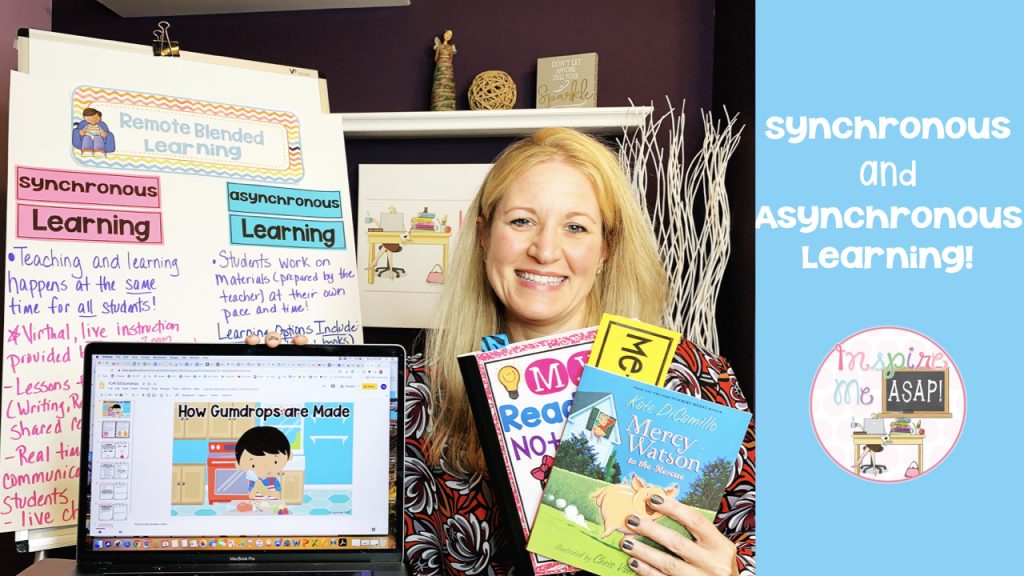
When schools closed last March due to Covid-19, my district did not give any specific guidelines or expectations for online learning. However, expectations have drastically changed for teachers in my district at the beginning of the school year. Now we are expected to be online from 9:00 AM until 2:30 PM every day with a 35 minute block of lunch every day. Students are expected to stay on the Zoom call from that entire time. When it is time for lunch, students simply turn off their camera. I as well turn off my camera. We are all on mute. We go to lunch, come back at 12:05. In regards to interventionists and special teachers, they simply join our zoom meeting. I create a breakout room for the student(s) and the interventionists and they teach their lesson in that room.
Teachers are expected to teach live lessons for two and a half hours, and that would be called synchronous learning. Teachers are expected to also assign asynchronous learning for two and a half hours every day. For the purpose of today’s post, I’m going to explain what synchronous learning and what asynchronous learning is an example of what that looks like.
Let’s begin with synchronous learning, which is what we’re probably most familiar with.
In synchronous learning, all teaching and learning happens at the same time for ALL students. Teachers are providing in-person (virtually!) live instruction. Many teachers are using either Zoom or Google Meets as the online learning platform for their students. In my district, we are expected to connect with our students via Zoom during this time of virtual learning.
During synchronous learning, you are explicitly teaching content. You are specifically teaching phonics, reading, writing, and math lessons that are based on the Common Core State Standards or the standards mandated in your state. Teachers provide feedback and communication in real time. During synchronous learning, feedback between students and the teacher is in real time. It is live. There are also opportunities for live chatting during synchronous learning! In my next blog post, I will share with you how I used the chat tool in Zoom as part of my lesson.
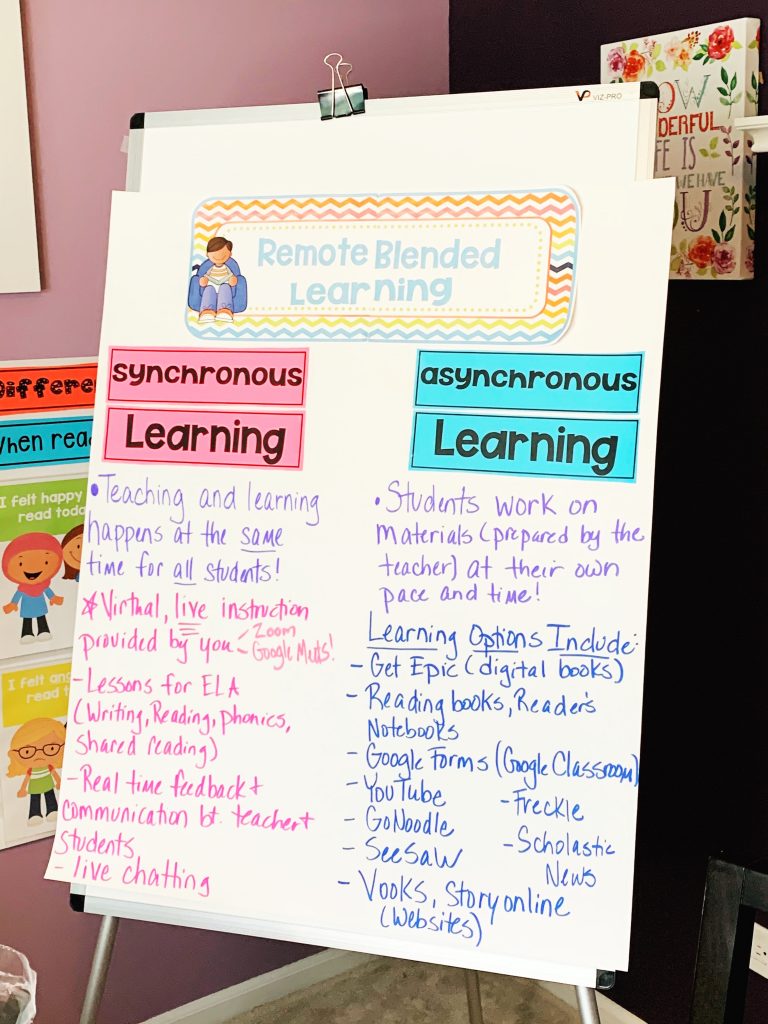
Want a free printable of the information shared on this anchor chart? Get it by clicking on the button at the bottom of this page!
Now, on to asynchronous learning. Let’s talk about what that looks like and what that exactly means. As you can see on my anchor chart, I have a lot of examples of that because that’s kind of what we had to do for the past couple of weeks or months during remote learning! Students are working on materials that are provided by the teacher at their own pace and their own time. The key here is that they are working on projects at assignments at their own independent time. Some of these learning options are listed on my anchor chart. These are ones that I feel good recommending because I have used them in my own instruction during this remote teaching time.
There are some awesome websites that I have discovered, which has thousands of books that kids can read online. I teach in a high poverty district where over 95 percent of my students are below the poverty line. So I am really I’m really using a lot of my online resources for my students to access those books instead of relying on them, having them at home, at their, you know, just under a bookshelf. They don’t really have access to those books. So instead, I provide them access to books to read digitally on some of these websites that I just mentioned.
- Go Epic (https://www.getepic.com/ ) is an awesome, awesome website….one of my favorites! There are a plethora of books where students can read at their own pace at their own time when they log into the website. I love the “read to me” books, where students can simply listen to the narrator read the story to them.
- Another option is books or Storyline Online (www.storylineonline.net) where there’s read aloud by different famous celebrities and famous people that your students might recognize.
Another learning option for asynchronous learning would be reading books or writing in reading notebooks. Perhaps you ask your students to read independently and then write and draw a picture of their favorite part of the story. (If you would like to learn more about how I use reader’s notebooks in my classroom, please click here: Reader’s Notebooks)
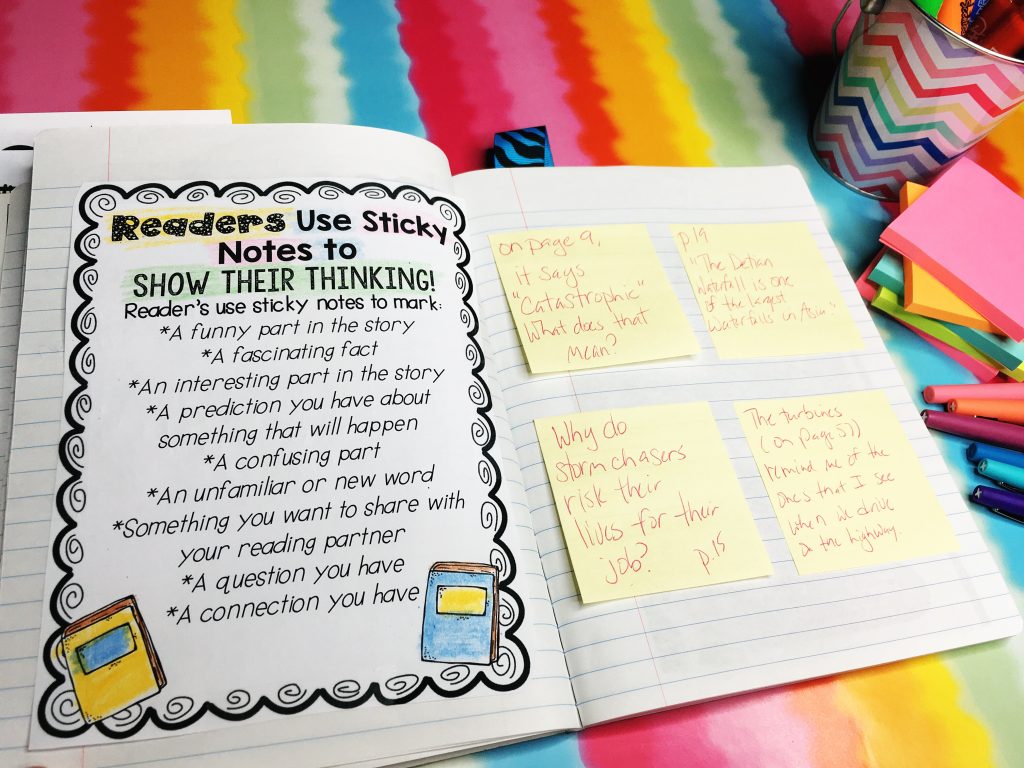
Another example would be Google classroom. Specifically, I have used Google forms with my students and I do that in a manner that my students are reading a passage and then they answer questions about that passage on their own. Do you want to learn more about using Google Classroom? I created a video that teaches you all about how to use Google Forms in your classroom! You can view that here -> Google Forms Video or click on the image below!
YouTube is another example of asynchronous learning where students have the option to learn at their own pace. An example of that might be if you pre-recorded a lesson of yourself teaching something and you put it on YouTube and you provided that link to your students so that they could view it at a later date, at a later time, or they could use that to review back to themselves the lesson that you already taught them.
Go noodle is something I think we’re all familiar with even before remote teaching, and that’s certainly a website that you can use for a learning option for asynchronous learning.
Seesaw has, I think, become the up and coming platform where teachers are really using that as their go-to for remote teaching and learning. I personally use Seesaw as a way to post assignments for my students to complete at their own time and pace. If you are looking to learn more about HOW to post assignments on Seesaw, I created a video about that! You can check it out here: How To Post Assignments on SeeSaw
Scholastic News is another example of what students can be doing during asynchronous learning time. I’m fortunate enough in my district to have access to the online digital version for Scholastic News, where my students also have their own code, where they can log in and have access to all of those awesome digital issues and so students can log on to the website, read those issues. They can have the option to answer some of those comprehension questions that go with the story.
I hope that this gave you a better understanding of synchronous and asynchronous learning. And in my next blog post (and video!), I’m going to model a reading lesson that I taught just last week with my second graders. I’m going to explicitly explain how I taught that lesson to my second graders and what it and how it addresses the synchronous and asynchronous learning components.
In the meantime, I have a freebie for you to download. I typed up all this information on the anchor chart as a free download for you! Please click on the button below to download the freebie.”

Are you following me on Instagram? Be sure to follow me on social media, as I frequently share what I currently teaching with my own second graders!




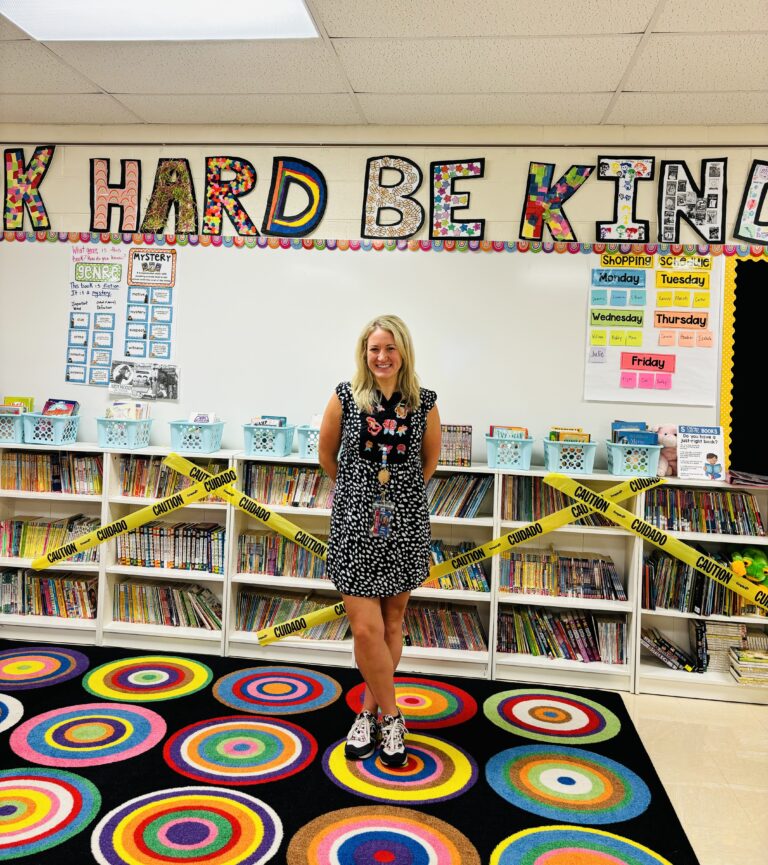



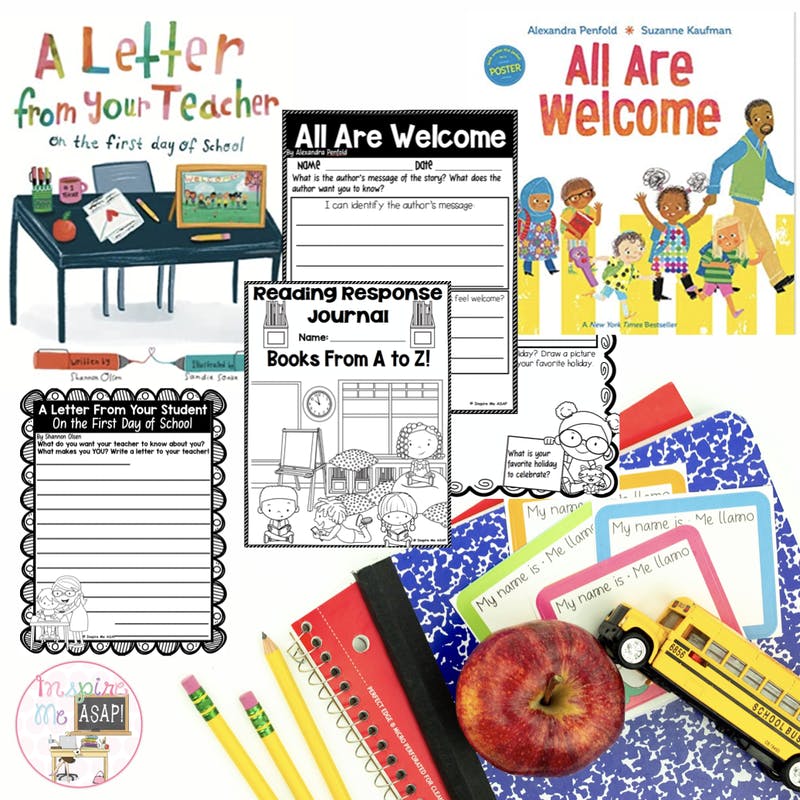
2 Responses
Hello, Melissa! The link to download isn’t working. I am sure I’m doing something wrong! Ha ha! Thank you for sharing!
Hello Amy! I am so sorry about that! Thank you for letting me know! I forgot to link up the freebie to this button. You should not be able to click on the button and be sent to my resource library, which is where this free download is. Thanks so much! THe direct URL for it is: https://inspiremeasap.com/resource-freebies
Melissa :)